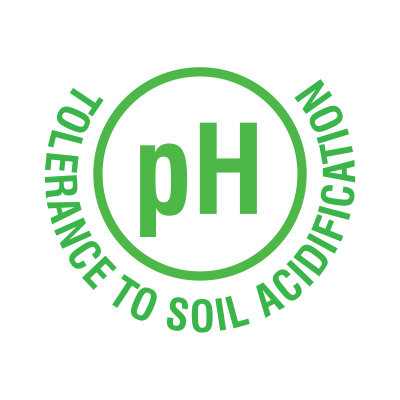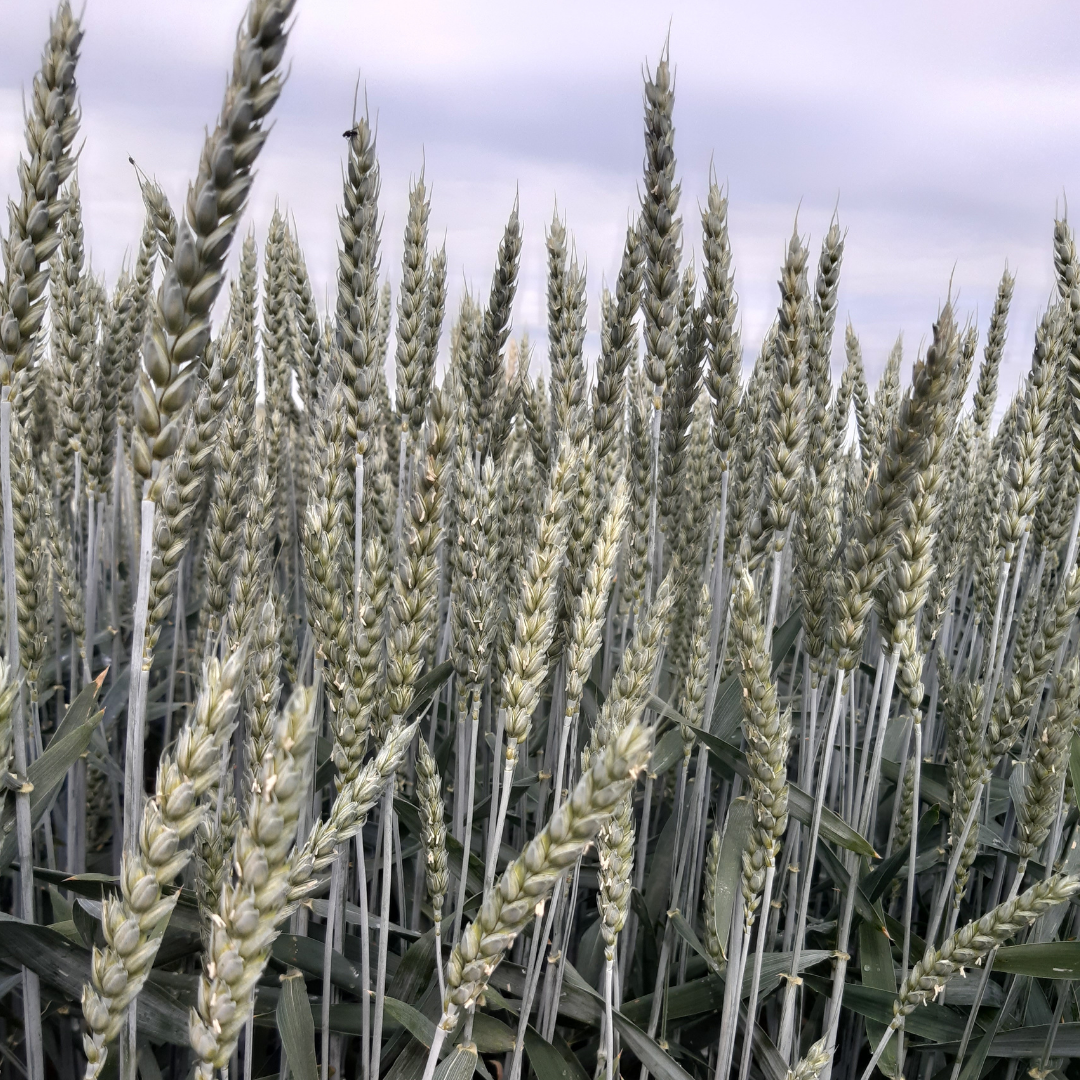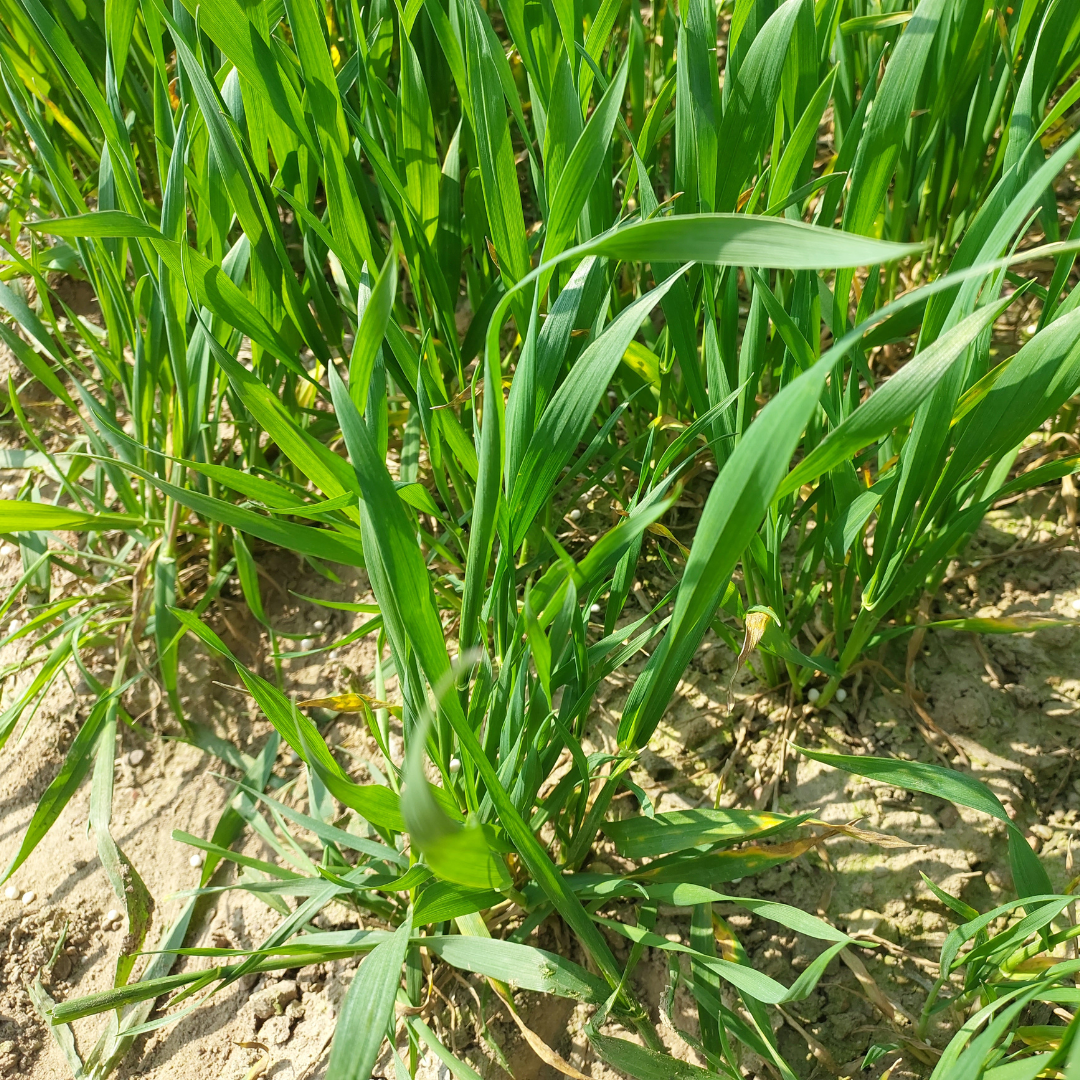Products Winter Grains Winter wheat Ostoja







Special features of winter wheat Ostoja
- Quality variety, with very low soil requirements, with very high tolerance to soil acidification – grows well on sites with lower pH.
- High tolerance to drought conditions.
- Semi-dwarfing gene – very high resistance to lodging.
- The grain is very robust, with the highest TGW and the most uniform grain of all varieties.
Other information
- High and stable yield potential, also under drought conditions – in COBORU registration tests, in areas where there was a drought during the March – June period, in two consecutive years 2021-2022, yielding was well above the reference.
- Very high adaptability to different conditions and climatic and soil variability – yields in registration tests, in every region above the reference, which confirms the suitability of this variety for nationwide cultivation.
- Very good spring tillering.
- Mid maturity date.
- The highest seed protein content.
- Very high health profile across the full spectrum, with particular resistance to ear diseases, which translates into better quality of harvested material and better buying parameters.
- In the company’s own tests, testing different planting density and reducing the seeding rate did not significantly reduce yields. This can be of great importance in reducing seeding costs.



Previous image
Next image
Utility and agricultural features
Type of variety
A
Earing date
medium
Full maturity date
medium
Plant height
91 cm
Winter hardiness
3,5
Resistance to lodging
7,6 very high
Soil requirements
low
Tolerance to soil acidity
very high
TGW
50,9 g
Seed density (pcs per sq.m)
280-320 pcs
Disease resistance according to Coboru:
Snow mold
no data
Powdery mildew
7,7 very high
Stem base diseases
7,4 very high
Brown rust
7,3 good
Stripe rust
no data
DTR
7,6 high
Leaf septoria
6,9 high
Chaff septoria
8 very high
Ear fusariosis
7,7 high
Grain quality parameters
Grain uniformity
91%
Density of grain at bulk
77 kg/hl
Seed protein
11,90%
Falling number
380 s
SDS sedimentation index
84 ml
Wet gluten amount
21,80%

